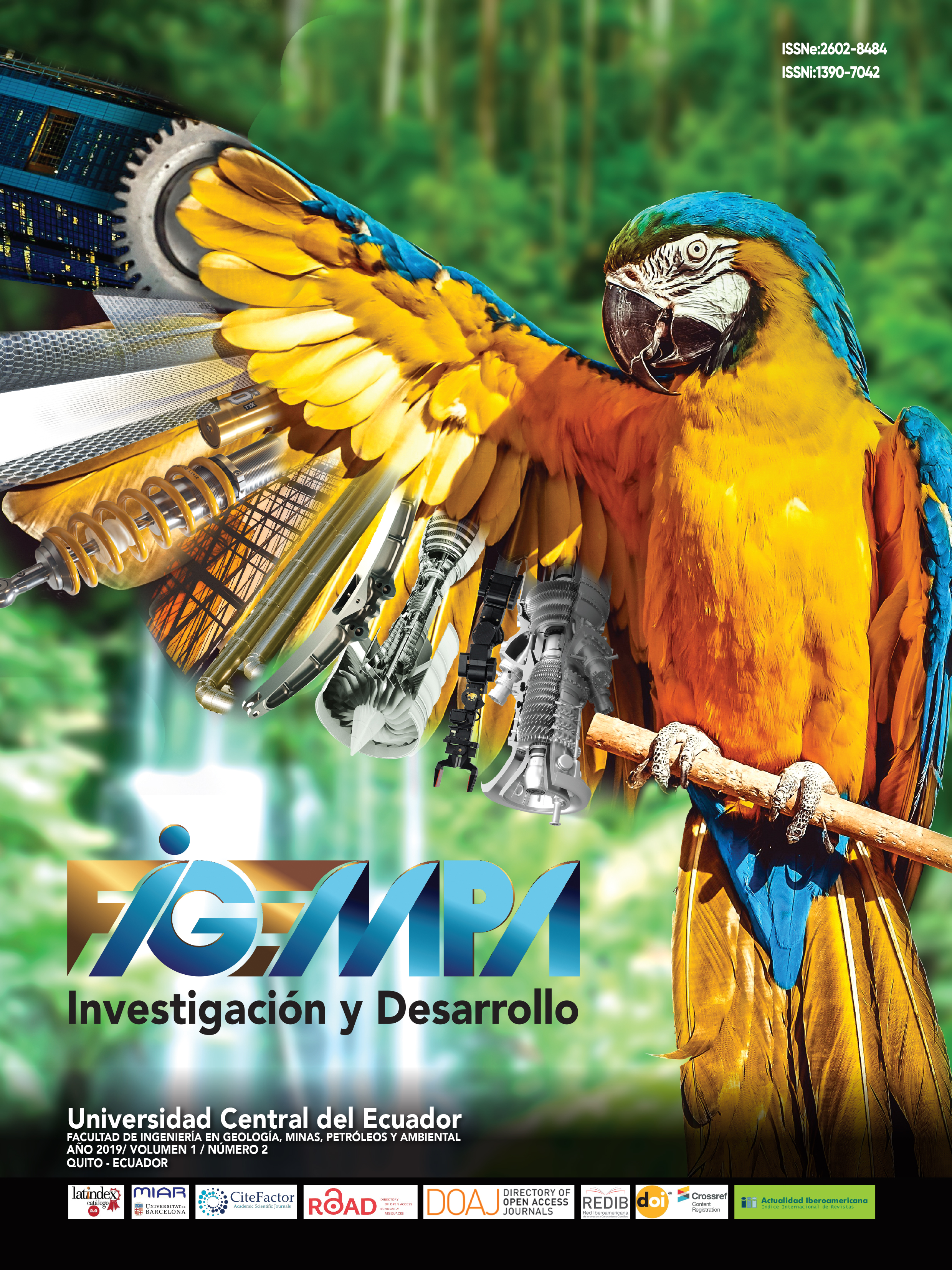Determinación de Factores que Afectan la Medición de los Niveles de Ruido y Aislamiento Acústico en una Cabina Insonorizada para Autopartes
Contenido principal del artículo
Resumen
En el proceso de pruebas finales de vehículos, las ensambladoras de autos realizan verificaciones de ruidos internos no deseados, para luego eliminarlos, con el objeto de garantizar la satisfacción del cliente. Estas pruebas se realizan al cien por ciento de las unidades. Las mediciones de ruidos que realizan las ensambladoras son subjetivas y dependen de la capacidad auditiva del operario que realiza la prueba. Todas las unidades que son detectadas por el cliente son segregadas y rechazadas. En el caso de que el porcentaje de unidades que tengan niveles de ruido sobre el estándar del cliente se puede llegar a embarques controlados, que implican inspecciones adicionales, a costo del proveedor, en sus instalaciones. Mediante el uso de una cabina insonorizada, se realiza la detección de los productos que no cumplen el estándar del cliente, en la propia planta del proveedor, sin ser necesario montar la parte con ruido en el vehículo. Sin embargo, para poder simular un proceso similar al que se tiene en un vehículo, se deben determinar los factores que tienen impacto en la medición del ruido. En este proyecto, no se construyó la cabina insonorizada, sino que se la simuló con un programa informático y cálculos con un modelo matemático validado de aislamiento acústico para paredes dobles, y mediante el uso de la metodología del diseño de experimentos, se simularon en el software cada uno de los factores. Para determinar la combinación de variables, se usó un diseño matricial, con la ayuda del software estadístico. Se usaron en la simulación materiales, que, por su costo, pueden encontrarse fácilmente en el mercado ecuatoriano, para que luego este dispositivo pueda usarse en todas las plantas de producción de autopartes, para que se valide el nivel de ruido. Finalmente, con esta metodología se llegaron a determinar los factores que influyen en la medición de ruidos en una cabina insonorizada de bajo costo con el objeto de reducir el ruido aéreo del ambiente de medición
Descargas
Métricas
Detalles del artículo

Esta obra está bajo una licencia internacional Creative Commons Atribución 4.0.
Citas
AATEPA. (2016). Libro blanco del poliuretano proyectado e inyectado. Madrid: AISLA, Asociación de Instaladores de Aislamiento.
Arunkumar, M.P., J. P., K. G., M. L. (2018). Vibro-acoustic response and sound transmission loss characteristics of truss core sandwich panel filled with foam. Aerospace Science and Technology, 1-11.
Barrionuevo, D. y Gonzales, J. (2012). Criterios Generales para el diseño de cámaras anecoicas. Córdoba: Universidad Tecnológica Nacional.
Dekustic (2017). Dekustik. [En línea] http://www.decustik.com/arxius/docs/1467280372_cast_Catalogo_decustik_2016_ES.pdf
Fu, T. y otros. (2018). An analytical study of sound transmission through stiffened double laminated composite sandwich plates. Aerospace Science and Technology, 92-104.
Hai, Z. (2019). A kind of soundproofed cabin suitable for automobile wind tunnel test. China, Patente nº CN209166834U.
Iac acoustics. (2019). https://www.industrialnoisecontrol.com [En línea] Available at: https://www.industrialnoisecontrol.com/products/acoustical-test-measurement-chambers [Último acceso: 20 nov 2019].
ISO. (1997). Acoustics -Sound absorbers for use in buildings -Rating of sound absorption. International Organization for Standardization.
ISO. (2013). UNE 717-1 Evaluación del aislamiento acústico en los edificios y de los elementos de construcción. Madrid: AENOR.
Ivey, J. (2018). Covered plastic acoustic enclosure. United States, Patente nº US20180124486A1.
Jie, K. L. & Huann, T. C. Y. K. Y. H. G. Y. (2017). Numerical analysis of transmission loss through various noise barrier. Proceedings of the International Conference on Vibration, Sound and System Dynamics, 60-64.
Jingyang, C. y Wanli (2018). A kind of intelligent hearing test soundproof room. China, Patente nº CN208073037U.
Jones, R. (1981). Field sound insulation of load-bearing sandwich panels for housing. Noise Control Engineering, 90-105.
Lehman Fernández, C. S. (2007). Revisión de los Algoritmos de Predicción del Aislamiento Proporcionado por Paredes Dobles: un Análisis. Valdivia: s.n.
Llopis Reyna, A., Uris Martínez, A. y Guillen Guillamón, I. (2010). Cálculo del índice de reducción sonora de ventanas con ruido laminar. Valencia: Dept. Física Aplicada. Universidad Politécnica de Valencia.
Rao, G., Frank, F. y Gardonio, P. (2006). Transmission of Sound through Partitions. A. Press, ed. Sound and Structural Vibration: Radiation, Transmission and Response, 2nd Edition. s.l.: s.n., pp. 277-373.
Recuero López, M. (2000). Ingeniería Acústica. Madrid: Paraninfo.
Renault. (2004). Normalisation Renault Automobiles.
Rossing, T. D. (2007). Handbook of Accoustics. Second ed. Standford: Springer.
Sharp, B. H. (1973). A study of techniques to increase the sound insulation of building elements. Wyle Laboratory Report No. WR 73-5.
Shiming, B. y otros. (2015). Modular home – use mini soundproof room. China, Patente nº CN204676935U.
Supacoustic. (2006). https://supawood.com.au/supawood-products/supacoustic. [En línea] Available at: https://supawood.com.au/technical-information/acoustics [Último acceso: 21-10-2017
Systems, N. S. (2017). http://www.noisestopsystems.co.uk. [En línea] Available at: http://www.noisestopsystems.co.uk/wall-soundproofing/nssw2-plus-soundproofing-wall-board?zenid=2d24d42dc-946c51a22cbac554e901f03
Yamazoe, S. y otros. (2019). Soundproof construction, soundproof enclosure and soundproof box. Japan, Patente nº JP6550523B1.

